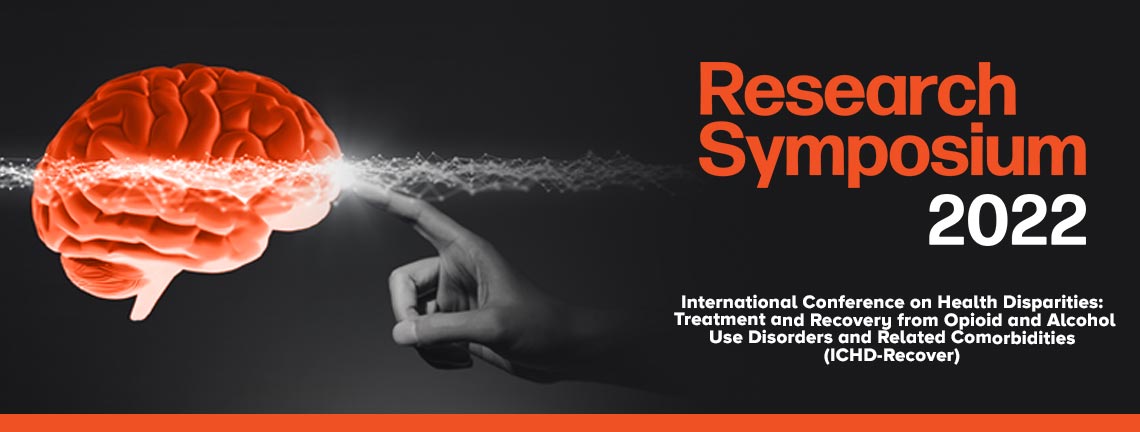
Posters
Presentation Type
Poster
Discipline Track
Clinical Science
Abstract Type
Research/Clinical
Abstract
Somatosensory pathways act as the avenue in transferring information concerning the body and its interaction with the external environment to the brain. We aim to demonstrate that through studying somatosensory, motor cortical and subcortical networks, we can explain functional recovery after stimulations applied as an alternative medical treatment. Those stimulations might have evidenced neural pathways and networks important in recovery of function. Materials and methods: The de-identified medical reports of nine patients with initial presentations of cerebral trauma or stroke inducing paralysis were studied.These included the alternative treatments they received and other available materials such as videos and photographs. Patients were either males or females and their ages ranged from 20 to 95-year old. All patients, were first treated through conventional medical interventions, including physical therapy. Patients consulted for alternative medical treatment, one year or more, after the initial diagnosis. The alternative medical treatment consisted in multiple points stimulations. Twelve points of stimulation on the skull were used. Additional 4 points of stimulation were located at the right and left calves and at the right and left forearms. All stimulations had nociceptive and proprioceptive components. The stimulations were applied successively one by one (legs, arms, skull). The treatment consisted in a one-time (exceptionally two) session. The duration of each stimulation was about 0.5 s. Results show that in all 9 cases, patients had improvement in their motor skills, including gain of weight support and unassisted small walks, independent and voluntary movements of limbs. Improvement was steady over a period of one to several years. We believe that whether lesions included prefrontal cortical areas, or motor and sensory areas, the alternative treatment triggered existing or new neuronal networks as well as synaptic efficiency or reactivation, through highly increased, sensory nociceptive coupled to proprioceptive, afferences. Those results highlight the need to further investigate neural function of cortical and subcortical areas through non-invasive and indirect pathways stimulations, during a stable chronic phase after a CNS insult.
Recommended Citation
Otaif, Alhasn; Alshammari, Mashan E.; and Gerin, Christine G., "Can alternative medical methods evoke neuro-functional somatosensory responses? A case study suggesting functional improvement" (2023). Research Symposium. 25.
https://scholarworks.utrgv.edu/somrs/2022/posters/25
Included in
Medical Neurobiology Commons, Neurology Commons, Neurosciences Commons, Physiological Processes Commons
Can alternative medical methods evoke neuro-functional somatosensory responses? A case study suggesting functional improvement
Somatosensory pathways act as the avenue in transferring information concerning the body and its interaction with the external environment to the brain. We aim to demonstrate that through studying somatosensory, motor cortical and subcortical networks, we can explain functional recovery after stimulations applied as an alternative medical treatment. Those stimulations might have evidenced neural pathways and networks important in recovery of function. Materials and methods: The de-identified medical reports of nine patients with initial presentations of cerebral trauma or stroke inducing paralysis were studied.These included the alternative treatments they received and other available materials such as videos and photographs. Patients were either males or females and their ages ranged from 20 to 95-year old. All patients, were first treated through conventional medical interventions, including physical therapy. Patients consulted for alternative medical treatment, one year or more, after the initial diagnosis. The alternative medical treatment consisted in multiple points stimulations. Twelve points of stimulation on the skull were used. Additional 4 points of stimulation were located at the right and left calves and at the right and left forearms. All stimulations had nociceptive and proprioceptive components. The stimulations were applied successively one by one (legs, arms, skull). The treatment consisted in a one-time (exceptionally two) session. The duration of each stimulation was about 0.5 s. Results show that in all 9 cases, patients had improvement in their motor skills, including gain of weight support and unassisted small walks, independent and voluntary movements of limbs. Improvement was steady over a period of one to several years. We believe that whether lesions included prefrontal cortical areas, or motor and sensory areas, the alternative treatment triggered existing or new neuronal networks as well as synaptic efficiency or reactivation, through highly increased, sensory nociceptive coupled to proprioceptive, afferences. Those results highlight the need to further investigate neural function of cortical and subcortical areas through non-invasive and indirect pathways stimulations, during a stable chronic phase after a CNS insult.


